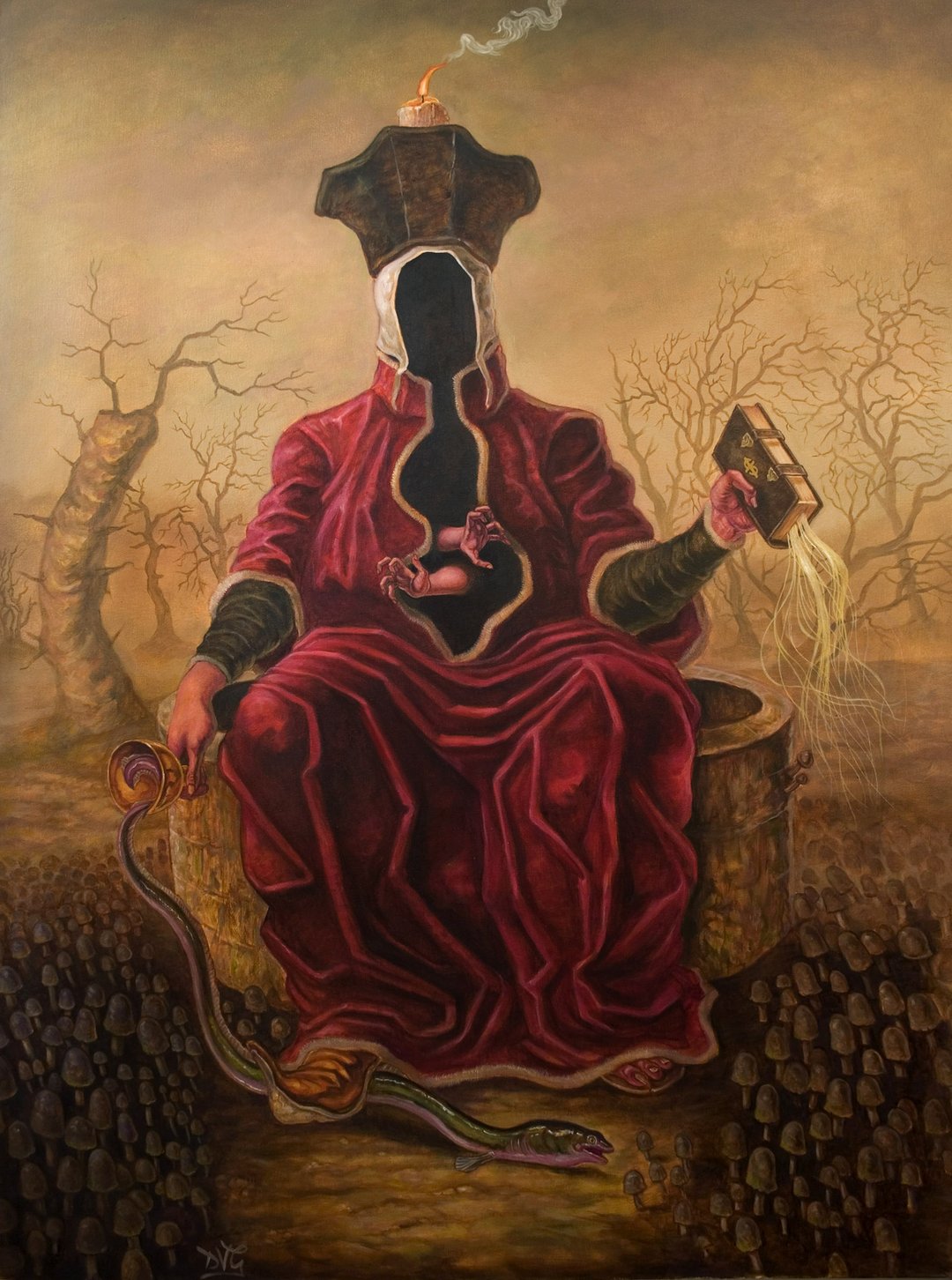
Polish artist Leszek Kostuj paints fanciful worlds populated by otherworldly creatures. There is something playful, childlike, and naive about his work, with its simplified forms and friendly-looking characters. Throughout Kostuj’s multi-dimentional compositions, his characters’ eyes grab viewers’ attention. He paints them in profile, evoking Ancient Egyptian wall paintings. The round, marble-like pupils draw us into his strange, storybook-like universe.







 Swiss artist
Swiss artist  "Necrosurrealist"
"Necrosurrealist" 
 Jamian Juliano-Villani, known for stirring acrylic paintings packed with dark humor and sprawling references, offers new works in a show at Massimo De Carlo London titled "Let's Kill Nicole." She offers both new paintings and sculptures in the display, which runs through Sept. 21. Juliano-Villani's work is known for pulling in a variety of familiar imagery from fashion, illustration, and other industries, with conversations emerging over what constitutes referencing versus appropriation. “Everything is a reference,” she’s insisted.
Jamian Juliano-Villani, known for stirring acrylic paintings packed with dark humor and sprawling references, offers new works in a show at Massimo De Carlo London titled "Let's Kill Nicole." She offers both new paintings and sculptures in the display, which runs through Sept. 21. Juliano-Villani's work is known for pulling in a variety of familiar imagery from fashion, illustration, and other industries, with conversations emerging over what constitutes referencing versus appropriation. “Everything is a reference,” she’s insisted.